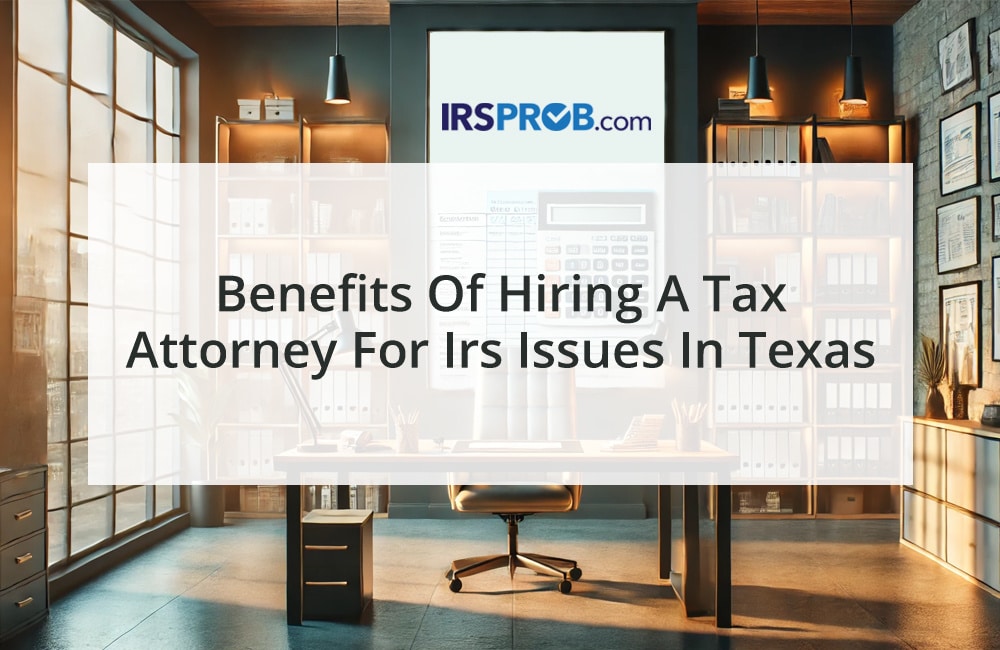[vc_row][vc_column][vc_column_text]
With the stock market tanking and real estate skyrocketing, is this the time to invest in real estate through your IRA, Roth IRA, or SEP-IRA?
You ordinarily can’t hold real estate with a traditional IRA or Roth IRA (or SEP-IRA) you establish with a bank, brokerage, or trust company. These types of IRA custodians typically limit you to a narrow range of investments, such as publicly traded stocks, bonds, mutual funds, ETFs, and CDs. But you can invest in real estate if you establish a self-directed IRA with a custodian that allows self-directed investments. Indeed, real estate is the single most popular investment in self-directed IRAs. Investing in real estate through an IRA is one way to diversify your retirement holdings. There are also some tax
advantages. But there also are several disadvantages you should carefully consider.
It is not difficult to establish an IRA with a custodian that allows self-directed investments; there are dozens of them. Self-directed IRAs can ordinarily be used for all types of real estate investments, including multi-family rental
properties, single-family homes, commercial rentals, raw land, farmland, international real estate, tax lien certificates, trust deeds and mortgage notes, and private placements. The property in a self-directed IRA can be held in the self-directed IRA’s name and managed by the IRA custodian, but this can be cumbersome and expensive. A more streamlined approach is to have checkbook control. To do this, you form a manager-managed limited liability company (LLC) with your self-directed IRA as sole owner. The self-directed IRA/LLC uses its checkbook to purchase any number of properties, which are then managed by you or any other person you choose.
None of the income from property held in a self-directed IRA is taxable to you personally. Likewise, if you sell property in a self-directed IRA, you need pay no personal tax on any profit. You pay tax only when you withdraw money from a traditional IRA. Such tax is paid at ordinary income rates if you
are over age 59 1/2 (a 10 percent penalty tax must be paid on early withdrawals). With a Roth IRA, you pay no tax at all on withdrawals after age 59 1/2, provided you had at least one Roth open for over five years (as defined by the IRS).
Owning real estate in a self-directed IRA is very different from owning it any other way, because you and your self directed IRA must be totally separate—self-dealing is not allowed. The basic rule is that you (the self-directed IRA owner) should not benefit from your self-directed IRA other than through distributions from the self-directed IRA. And the self-directed IRA itself should not benefit from its owner (you) other than through contributions you make to the account. To avoid such self-dealing, your self-directed IRA cannot do business with any disqualified person, which includes
you and your spouse; your descendants—your children and grandchildren and their spouses; your ascendents—your parents and grandparents;
any beneficiary of the self-directed IRA; investment advisors and managers;
any corporation, partnership, or estate in which you have at least a 50 percent stake; and your trustee, custodian, or account administrator, or anyone providing services to the self-directed IRA. None of these disqualified persons may sell, exchange, or lease property to or from your self-directed IRA; extend or receive credit or cash loans to or from your self-directed IRA; or furnish or receive goods, services, or facilities to or from your self-directed IRA. The prohibited transaction rules have very serious practical ramifications. For example: Your self-directed IRA cannot buy property that you or another disqualified person owns. You can’t personally buy property owned by your self-directed IRA. (If you want the property, the self-directed IRA would have to transfer the property to you as an IRA distribution, and you would have to pay income tax on the property’s fair market value at ordinary income rates.) You can’t personally guarantee loans taken out by your self-directed IRA to purchase property. You can’t use self-directed IRA-owned property as collateral for a personal loan. You can’t personally receive rental income from a rental property held in a self-directed IRA. Your self-directed IRA cannot lease real property it owns to you, your corporation, your children, or any other disqualified person. Neither you nor any other disqualified person may make any personal use of the self-directed IRA’s
property; for example, if your self-directed IRA owns a vacation property, you can’t stay in it—not even for one night. Neither you nor any other disqualified persons may personally repair or improve any self-directed
IRA property. Neither you nor other disqualified persons may make any use of commercial property owned by your self-directed IRA; for example, you can’t lease an office in an office building owned by the self directed IRA. If you are a real estate agent/broker, you cannot represent your self-directed IRA or the seller or receive an agent commission when your self-directed IRA purchases real estate.
One significant impact of these rules is that you get no sweat equity with real estate in a self-directed IRA. All improvements and repairs must be performed by unrelated third parties and paid from self-directed IRA funds. If you have a checkbook self-directed IRA, the self-directed IRA/LLC should pay. You can oversee repairs and maintenance, but you can’t do them yourself. You can forget about using your self-directed IRA to buy a fixer-upper, renovating it yourself, and then flipping it for a hefty profit. You can’t even unclog a toilet yourself or change a lightbulb in property your self-directed IRA owns. Because of these rules, the self-directed IRA should keep enough cash on hand to cover ongoing expenses and to pay for repairs and upkeep.
If you violate the prohibited transaction rules, the penalties are severe. If there is a prohibited transaction between the self-directed IRA and you (the account owner) or your beneficiary, the self-directed IRA may be fully disqualified, which means it loses tax-deferred status. With this sad event, all the assets in the IRA account are deemed distributed to you at their fair market value on the first day of the year in which the prohibited transaction occurred. You’ll pay income tax at ordinary rates on the assets’ fair market value (the IRA owner usually has a zero basis in the traditional IRA). If you’re under age 59 1/2, you’ll also be subject to a 10 percent additional tax on early
distributions, unless an exception applies. If your self-directed IRA custodian learns you’ve engaged in a prohibited transaction, the custodian may distribute the entire account to you and report it on IRS Form 1099-R.
If a prohibited transaction occurs between a self-directed IRA and a disqualified person other than the account owner or beneficiary, a penalty tax of 15 percent of the amount involved in the transaction is imposed. That’s bad, but it can get worse. If the prohibited transaction isn’t unwound or otherwise corrected within the current tax year, the penalty tax is increased from 15 to 100 percent of the transaction amount. The penalty can be imposed on both the disqualified person and the self-directed IRA.
Few investments provide more tax benefits than rental real estate. You get to deduct expenses, such as property taxes, repairs and maintenance, and insurance. You also deduct depreciation each year even if the value of your
property goes up. You can end up with a paper loss even if your rental income exceeds your out-of-pocket expenses. When you own rental real estate outside a self-directed IRA, you may be able to use these losses to reduce your non-rental income such as salary and investment income. But these rental real estate losses are passive losses, so they aren’t always deductible. If your household income is under $100,000, you can deduct up to $25,000 of rental losses against other forms of taxable income. This deduction phases out 50 cents on the dollar and is totally gone when your income reaches $150,000. If you (a) qualify as a real estate professional and (b) materially participate in your rental activity, you can treat all your rental losses as active losses and deduct them from other non-rental income. Key point. There are no such deductions for real estate held in a self-directed IRA.
Since the self-directed IRA is a tax-deferred account, an IRA has no “income.” There is nothing against which these deductions can be applied.
Another valuable deduction you lose out on when you hold real estate in a self-directed IRA is the Section 199A qualified business income (QBI) deduction. Pass-through businesses—sole proprietors, LLCs, general and limited partnerships, and so forth—can qualify for a tax deduction of up to 20 percent of their QBI, which includes income from a real estate rental business. But rental income is tax-deferred when earned inside an IRA; accordingly, the QBI deduction offers no additional tax benefit.
Let’s say you own real estate outside an IRA, and you live in a community property state. When you die (or your spouse dies), your heirs (or you) get a stepped-up basis in the property. The “step-up” means that the estate transfers the real estate to the heirs at its fair market value on the date of the
prior owner’s death (or six months later, if elected). In most cases, the step-up to fair market value generates enormous tax savings. For example, if you purchased a rental property for $100,000, and it’s worth $1 million when you die, its basis becomes $1 million when the property is inherited by your heirs. If they sell it for $1 million, they pay no tax.[/vc_column_text][us_image image=”3416″][/vc_column][/vc_row]







